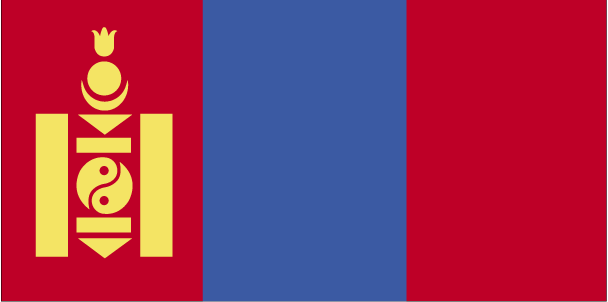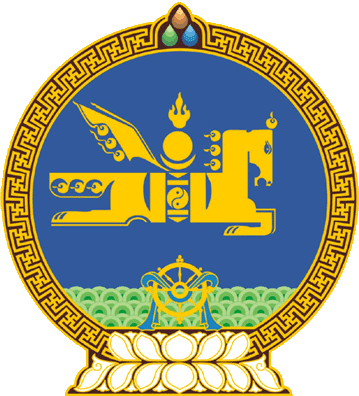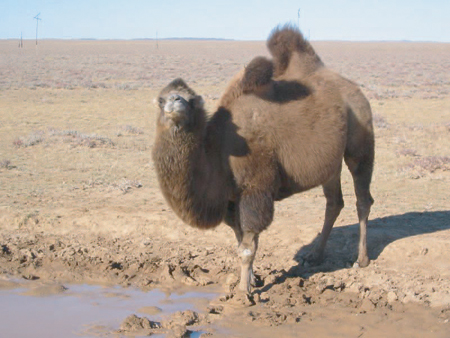 Introduction
Introduction 
 | Mongolia (Монгол Улс) is a vast country located between the regions of Eastern and Central Asia. A landlocked nation, it borders Russia to the north and China to the south. A third of its population lives in the capital, Ulán Bator (Улаанбаатар). The total population does not reach three million inhabitants, which means that it's the least densely populated nation in the world. The mother tongue is Mongol, but Russian is also written and spoken, an inheritance from the soviet years. The changing Mongolian geography is just as remarkable and attractive: flat steppes, mountains and deserts are scattered throughout its over one and a half million square kilometers. The largest amount of nature reserves of the world is concentrated in its huge territory: 20 million hectares have been declared protected areas, the equivalent of 14% of its total surface. |
| On this account, it's the country with the largest amount of protected area per capita. In these unequal environments, the Mongolian people have developed the same lifestyle for centuries: nomadism. The motivation that guides our journey is to describe this existential option and reveal its underlying foundations. Being a nomad means much more than a frequent change of location. Nomadism is an uncomfortable rarity in European societies, structured within a sedentary framework and intensive urban development. The nomadic is a lifestyle without borders, but in no way is it a journey to nowhere, it is rather a road outlined in the collective memory of the communities. The rule "do not tolerate the dispensable" applies to everything, from political organization to art. Our journey starts in Beijing (北京) aboard the Trans-Mongolian, a branch line of the Trans-Siberian, and reaches its highlight in the immense and spectacular Gobi Desert. |  |